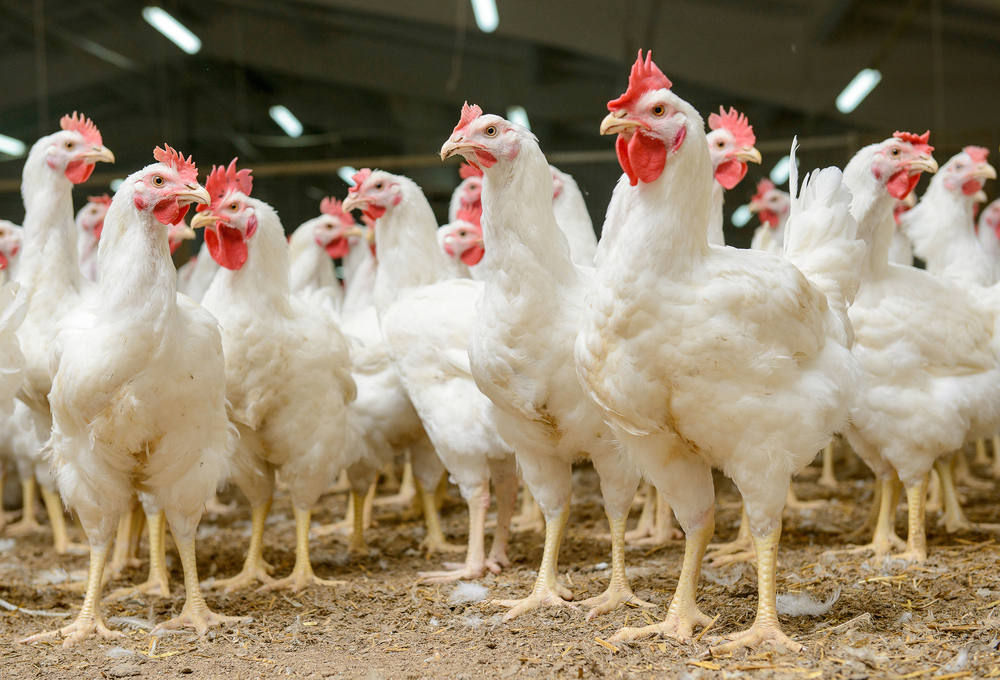EU plans to set Campylobacter limit for chicken carcasses from 2018

Campylobacter is a bacterium that can cause an illness called campylobacteriosis in humans, this disease is one of the most frequently reported food-borne illness in the EU. Campylobacteriosis is a zoonosis – a disease or infection that can be transmitted directly or indirectly between animals and humans. Usual symptoms are fever, diarrhoea and abdominal cramps.
Raw poultry meat is often contaminated with Campylobacter. This bacteria is also found in pigs and cattle. According to the EFSA Scientific Opinion on the risk of human campylobacteriosis linked to broiler meat, published in 2010, handling, preparation and consumption of broiler meat may account for 20% to 30% of human cases of campylobacteriosis, while 50% to 80% may be attributed to the chicken reservoir as a whole. The European Commission has published a draft Regulation of amending Annex I to Regulation (EC) No 2073/2005 as regards Campylobacter in broiler carcases. Campylobacter will be a process higiene criterion in broiler carcases probably from 2018.
Learn more about higiene, plan samples, microbiological criteria on our Corporate website.
Source: EFSA

